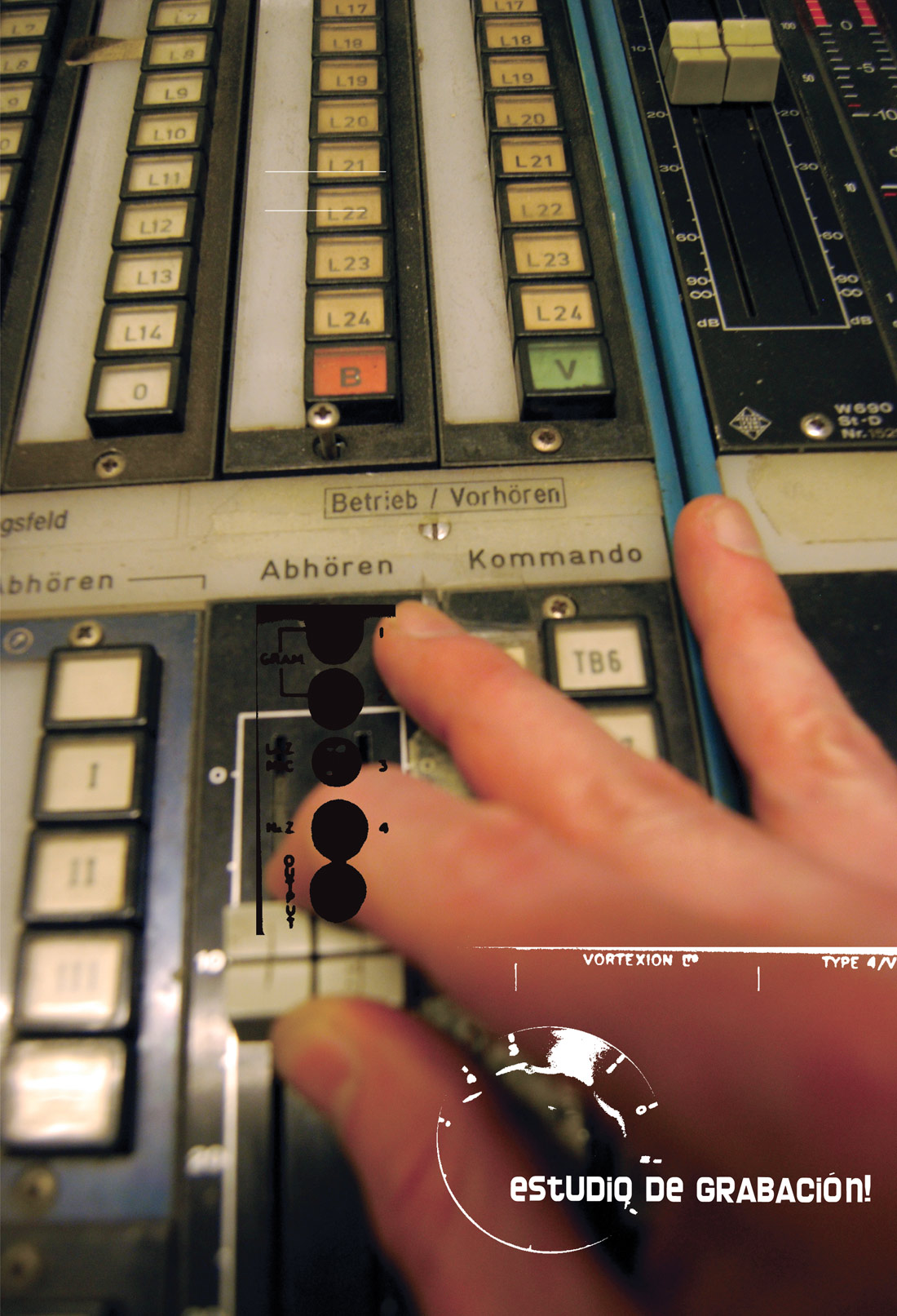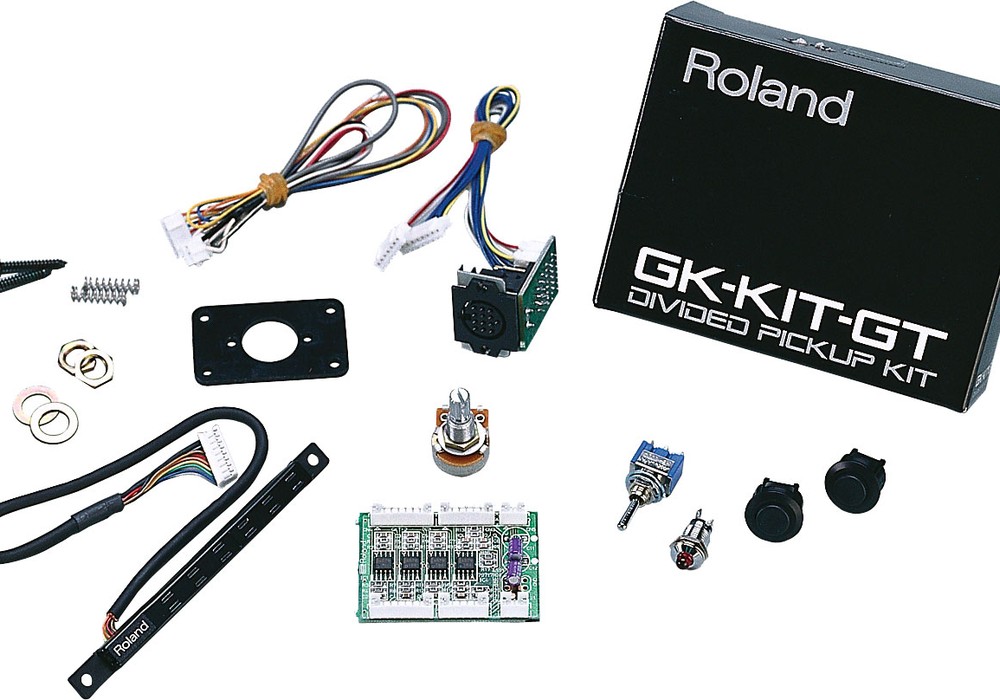What sets the iD22 apart from countless other compact audio interfaces I've tried is its big-console feel and sound. And really, it's the most "analog" sounding USB audio interface I've heard! The iD22 has two channels of analog input and six channels of analog output, as well as an optical connector for two-channel S/PDIF or eight-channel ADAT I/O. The two analog input channels are made available through Neutrik Combo connectors that allow XLR mic-level connections or 1/4'' TRS line-level, as well as through a single 1/4'' TS jack for instrument-level. The analog outputs are on four 1/4'' TRS line-level connectors and a single 1/4'' headphone jack.
The mic preamps have plenty of gain, are quiet, and importantly, sound awesome. It's clear that the team responsible for Audient's signature preamp, found here inside the iD22 and also in Audient's consoles, were designing for music, not for specs. Everything I recorded through the iD22 sounded great, and I particularly loved how the preamps soft-saturate before the A/D converters clip. As you raise the peak level of the iD22's preamp to several dB below overload, the second harmonics come up, adding a subtle richness to the transients of whatever you're recording. Electric and acoustic guitars, drums, bass, piano, and even percussive vocals all benefit from this Class A euphony. When you drive the preamps a little closer to full overload, the lows also start to bloom, particularly in the 100-300 Hz region, while the second harmonics continue to rise. Drums especially get bigger here. And of course, if you're not careful, you can fall over the cliff and end up with nasty edge harmonics from digital clipping.
But here's where the iD22 gets even cooler. It has balanced inserts on both input channels! That means you are able to insert an outboard processor - or heck, even just a level control - and turn up the iD22's saturation effect while attenuating the level to the ADCs. That's "real analog" for you! The inserts also come in handy if you want to compress, EQ, or otherwise process whatever you're recording before conversion to digital, or if you want to use outboard preamps and just patch directly into the iD22's converters.
Also worth noting is that the phase response is close to linear from 200 Hz on up, especially near the Nyquist frequency. Many converter designs aimed at project studios sacrifice phase response for flatter amplitude response, resulting in large excursions in phase near the limits of the converter's low-pass filter. But Audient seems to have gone the other way and emphasized the quality of the phase response. To my ears, this sounds more musical, despite there being a very gentle slope down to a dB or so below nominal amplitude at 20 kHz in 44.1 kHz mode, and 40 kHz in 96 kHz mode. Tracking between channels is good too. I could hear a strong phantom center between the L/R channels of anything I recorded and played back through the iD22 because the balance, transient energy, and "air" sounded right.
Let's move on to the console-like features of the iD22. Each input channel has a gain knob as well as switches for phantom power, pad, polarity, and low-pass filter - all of which have a solid feel to them. But what's interesting is that the unit also has a fairly comprehensive monitoring section too. A big knob controls monitor volume, a small knob controls headphone volume, and buttons allow you to dim, cut, sum to mono, flip polarity, activate talkback, and switch to alternate speakers. Curiously, there are dedicated buttons for the first two, but only three assignable buttons for the latter four. I'm not sure why Audient just didn't bother to add one more physical button so that all functions would be immediately accessible, because I found them all to be useful. Thoughtfully, Audient designed the talkback function so that a quick push latches it on, while a push-hold turns it on and then off when you release. Also very cool is being able to use mono-sum and polarity together for mid-side (instead of just left-right) checks.
On the software side, there's a dead-simple routing panel that allows you to connect physical outputs to virtual buses within the software. For example, two aux sends can be configured for low-latency monitoring by routing them to the headphone jack, any of the output jacks on the back, or any channels of the optical out. The alternate speaker bus can also be routed to any of the outputs, and thankfully, there are separate trims for the main and alternate monitor buses. Although there isn't a dedicated talkback mic on board, you can choose any of the input channels as a talkback source. Once your routing is set up, you can close that panel and focus on the main mixer panel. Here, the view is over-the-top skeuomorphic (there's even virtual grime on the fader panels) which means that anyone who has spent time on a physical console will grok the mixer immediately. Software metering is well done, making up for the sparse metering on the physical unit. A view filter allows you to show/hide the different fader types (analog, digital, DAW), but unfortunately, you can't drag the main window big enough so that everything is visible at once - a shame, because even on my ultraportable Portégé laptop, there's plenty of additional screen space available that I wish the iD22 software utilized. Instead, with all fader types open, you're forced to scroll horizontally. Any number of routing and mixer configurations can be saved and recalled to the host computer, but you can't save a configuration to the iD22 itself, which makes the unit difficult to use standalone or in Class Compliant mode. Windows and Mac OS are both supported.
All in all, I found the iD22 to be a refreshingly unique USB audio interface, with extremely intuitive operation and great sound. The unit isn't cheap, but the mic preamps - transparent when you want them to be, but capable of adding analog flavor when pushed - are worth the price alone. And don't forget that a flexible monitor controller is built-in too. You can purchase the two- channel Mico or the eight-channel ASP880 to add more of Audient's excellent preamps to the iD22 via its optical port. As a desktop USB interface with analog console-like features and sound, the iD22 really is in a class by itself. (iD22 $699 street, Mico $660, ASP880 $1,399; www.audient.com)





_disp_horizontal_bw.jpg)